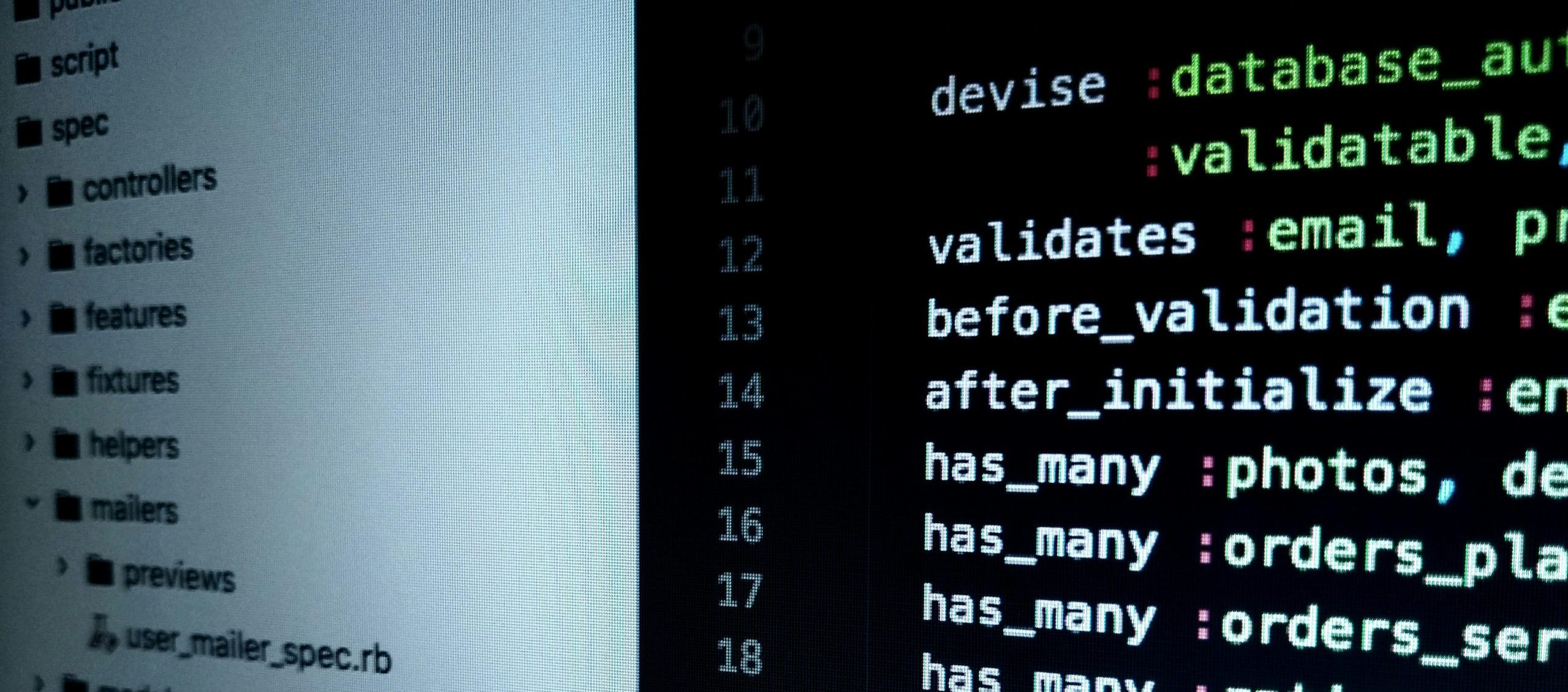In the digital battleground of cybersecurity, where adversaries constantly evolve their tactics to breach defenses, a new breed of defenders has emerged – the threat hunters. Armed with advanced tools, methodologies, and a relentless pursuit of adversaries, these cyber detectives proactively seek out hidden threats within organizational networks, uncovering malicious activity before it wreaks havoc. This article delves into the world of threat hunting, shedding light on its importance, methodologies, and future trends.
Unveiling the Essence of Threat Hunting
Threat hunting represents a paradigm shift in cybersecurity, moving beyond reactive defense mechanisms to a proactive and intelligence-driven approach. It involves actively searching for signs of compromise or malicious activity within the network environment, aiming to detect threats that may evade traditional security measures. Unlike traditional security operations that rely on predefined rules and signatures, threat hunting requires a combination of human expertise, data analysis, and investigative intuition to identify subtle indicators of compromise.
The Anatomy of Threat Hunting
1. Proactive Exploration
Threat hunting begins with a proactive mindset, driven by the belief that adversaries may already be lurking within the network. Security analysts formulate hypotheses based on threat intelligence, historical data, and emerging trends, guiding their investigative efforts towards potential areas of risk. These hypotheses serve as starting points for exploration, guiding analysts in their quest to uncover hidden threats and anomalous behavior.
2. Data Analysis and Correlation
Central to threat hunting is the analysis of vast amounts of data collected from various sources, including logs, network traffic, and endpoint telemetry. Analysts leverage advanced analytics techniques, such as machine learning and behavioral analytics, to identify patterns, anomalies, and indicators of compromise (IOCs) indicative of malicious activity. By correlating disparate data sources and enriching telemetry with contextual information, analysts gain deeper insights into potential threats and their tactics.
3. Contextual Understanding
Context is paramount in threat hunting, as it provides the necessary understanding to differentiate between normal and suspicious activities. Analysts contextualize their findings within the broader organizational context, considering factors such as business operations, user behavior, and system architecture. This contextual understanding enables analysts to prioritize threats based on their relevance, potential impact, and likelihood of exploitation, guiding subsequent investigative actions.
4. Iterative Refinement
Threat hunting is an iterative process that evolves over time, driven by continuous learning and refinement. As analysts uncover new threats and insights, they refine their hypotheses, methodologies, and detection techniques to adapt to evolving threats. This iterative approach enables organizations to stay ahead of adversaries, continuously improving their ability to detect and mitigate emerging threats.
The Role of Technology in Threat Hunting
Advanced technologies play a crucial role in empowering threat hunters and augmenting their capabilities:
1. Big Data Analytics
Big data analytics platforms enable organizations to process, analyze, and visualize large volumes of security data in real-time. These platforms leverage distributed computing frameworks and machine learning algorithms to identify patterns, anomalies, and trends indicative of malicious activity. By harnessing the power of big data analytics, threat hunters can uncover hidden threats and gain actionable insights from disparate data sources.
2. Endpoint Detection and Response (EDR)
Endpoint detection and response (EDR) solutions provide organizations with real-time visibility into endpoint activities, enabling rapid detection and response to security incidents. EDR solutions collect telemetry data from endpoint devices, analyze behavior patterns, and detect indicators of compromise (IOCs) associated with malicious activity. By correlating endpoint telemetry with network and log data, EDR solutions enhance the effectiveness of threat hunting operations.
3. Threat Intelligence Integration
Threat intelligence integration is essential for enriching threat hunting efforts with contextual information about emerging threats and adversary tactics. Threat intelligence feeds provide organizations with timely updates on known indicators of compromise (IOCs), threat actor profiles, and attack techniques. By integrating threat intelligence feeds with security analytics platforms and SIEM solutions, organizations can enhance their ability to detect and mitigate threats proactively.
The Future of Threat Hunting
As cyber threats continue to evolve in sophistication and scale, the future of threat hunting will be shaped by several key trends:
1. Automation and Orchestration
Automation and orchestration technologies will play an increasingly critical role in streamlining and accelerating threat hunting processes. By automating repetitive tasks, triaging alerts, and orchestrating response actions, organizations can augment the efficiency and effectiveness of their threat hunting operations. Machine learning algorithms will also play a crucial role in automating threat detection, enabling analysts to focus on high-priority threats and strategic decision-making.
2. Collaboration and Information Sharing
Collaboration and information sharing initiatives will foster greater cooperation among organizations, industry sectors, and government agencies to combat cyber threats collectively. Threat intelligence sharing platforms, information sharing and analysis centers (ISACs), and industry consortia will facilitate the exchange of actionable threat intelligence, best practices, and lessons learned. By pooling resources and expertise, organizations can enhance their collective ability to detect, prevent, and respond to cyber threats effectively.
3. Integration with DevSecOps
Integration with DevSecOps practices will embed threat hunting into the software development lifecycle, enabling organizations to identify and mitigate security risks early in the development process. By integrating threat hunting capabilities with continuous integration/continuous deployment (CI/CD) pipelines, organizations can identify security vulnerabilities, misconfigurations, and compliance issues before they are deployed into production environments. This proactive approach to security aligns with the principles of DevSecOps, emphasizing collaboration, automation, and continuous improvement.
Conclusion
Threat hunting represents a proactive and intelligence-driven approach to cybersecurity, empowering organizations to detect and neutralize threats before they manifest into full-fledged attacks. By leveraging advanced technologies, methodologies, and collaborative efforts, organizations can strengthen their security posture, mitigate risks, and stay ahead of evolving cyber threats. In an era defined by persistent and sophisticated adversaries, the hunt for threats continues unabated, fueled by the imperative to safeguard digital assets and preserve trust in the interconnected world of cyberspace.
